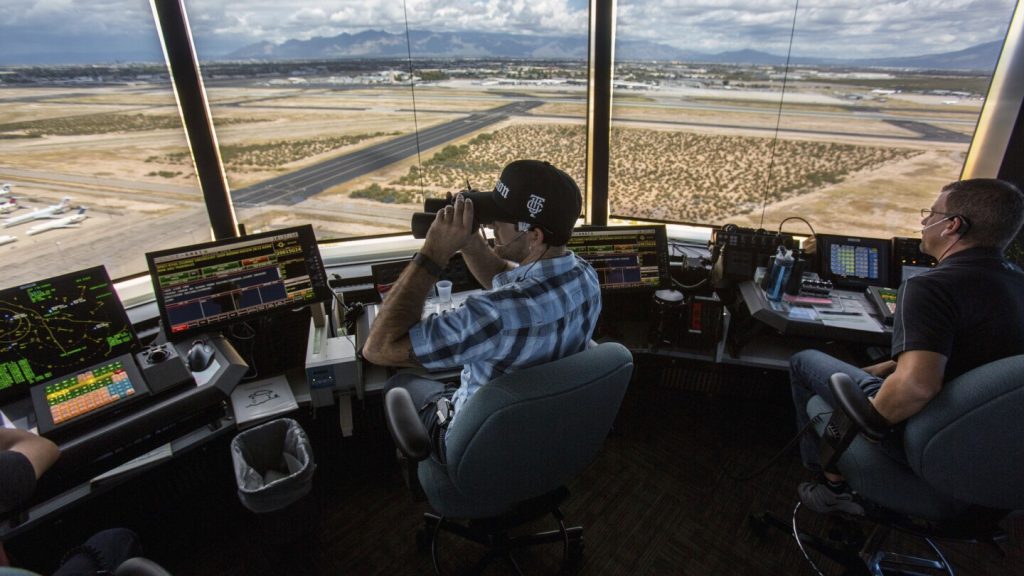The Federal Aviation Administration (FAA) has announced that it will be increasing the minimum rest time between shifts for air traffic controllers in response to recent close calls between planes that were following orders from controllers. The FAA and the National Air Traffic Controllers Association have agreed to a number of changes that will take effect as schedules are negotiated for next year. FAA Administrator Mike Whitaker stated that controller fatigue is a public safety issue that must be addressed, and promised more measures to address tired controllers. Rich Santa, president of the controllers’ union, expressed relief that the agreement will provide some relief to the understaffed workforce.
A report by experts to the FAA recommended that controllers have 10 to 12 hours of rest before all shifts as a way to reduce the risk of tired controllers making mistakes. The panel also suggested that additional time off might be needed before midnight shifts, which disrupt normal sleep patterns. The agreement between the FAA and the union will now give controllers 10 hours off between shifts and 12 hours off before and after a midnight shift. They have also agreed to limit consecutive overtime assignments in order to address the issue of fatigue among air traffic controllers.
Due to a shortage of air traffic controllers, the FAA has limited the number of flights in New York and Florida. Whitaker announced that the FAA plans to hire 1,800 controllers this year and is expanding its ability to hire and train controllers. Controllers have been at the center of some close calls in recent months, with the National Transportation Safety Board citing a controller’s faulty assumptions leading to a close call between a FedEx plane and a Southwest Airlines jet in Austin, Texas. While fatigue was not cited as a factor in this incident, there have been other instances where controllers have had to step in to prevent potentially disastrous runway conflicts, such as when an American Airlines jet mistakenly crossed an active runway in JFK Airport in New York.
In response to these incidents, the FAA and the controllers’ union have come to an agreement to address the issue of fatigue among air traffic controllers. The increased rest time between shifts and before midnight shifts is aimed at reducing the risk of tired controllers making mistakes that could compromise public safety. This agreement signifies a step in the right direction towards ensuring that air traffic controllers are well-rested and able to perform their duties effectively. With the commitment to limit consecutive overtime assignments, it is hoped that the workforce will be better equipped to handle the demands of their high-pressure and crucial role in ensuring the safety of air travel.
Efforts are being made to address the staffing shortages in air traffic control facilities, with the FAA planning to hire more controllers and expand their training programs. By investing in the recruitment and training of controllers, the FAA hopes to alleviate the strain on the current workforce and improve the overall safety and efficiency of air traffic control operations. With these changes and commitments in place, the FAA and the controllers’ union are working towards a safer and more sustainable future for air traffic control in the United States.


